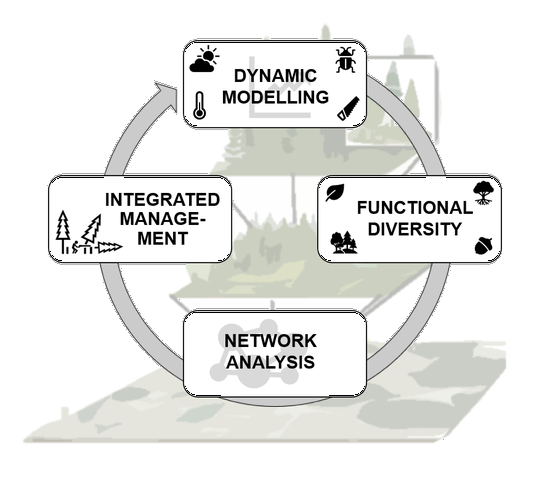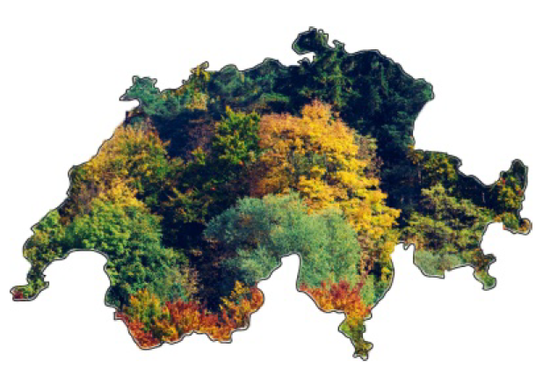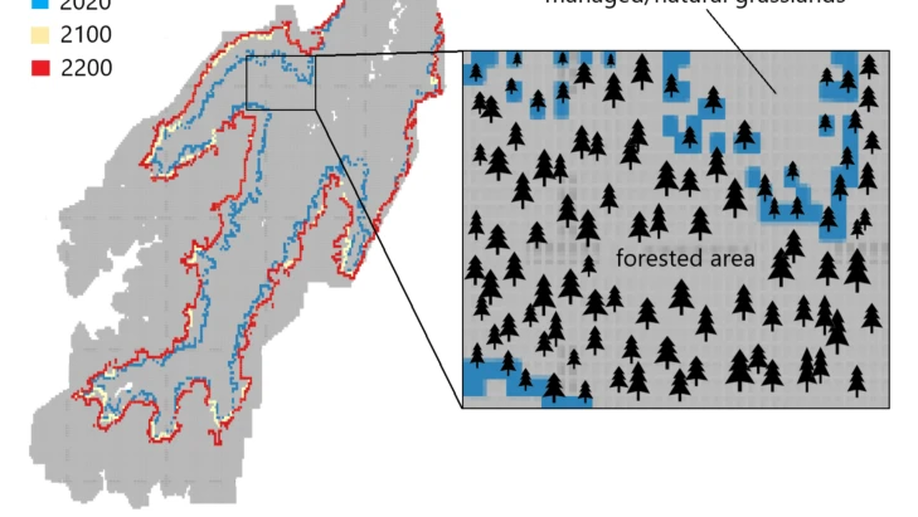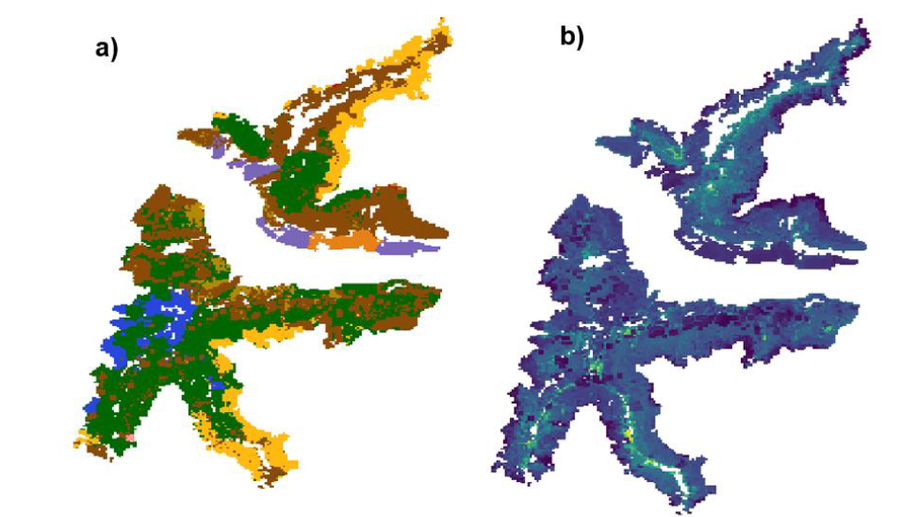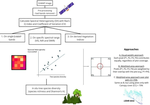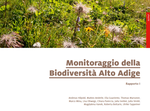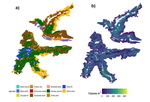I am a forest ecologist at the Institute for Alpine Environment at Eurac Research in Bolzano/Bozen, Italy.
I am interested in understanding how to better manage our forests in a future characterized by global changes. My work aims at studying the dynamics of forest ecosystems to anticipate the potential impacts of climate, disturbance and socio-economic changes. I am specialized in the application of simulation models of forest dynamics to explore interactions of trees with their changing environment and forest management strategies to enhance long-term resistance and resilience at multiple scales - from stand to landscape. I am also interested on dendrology, silviculture, forest inventory and forest biodiversity. I love mountains, geography, travelling, biking, cross-country skiing and home brewing.
See the Projects section to know more about my current research.
Interests
- Forest dynamic modelling
- Impacts of climate change and disturbances on forest ecosystems
- Management, silviculture and ecosystem services provision from temperate forests
Education
Ph.D. in Forest Ecology, 2015
ETH Zurich, Switzerland
MSc in Forestry and Environmental Science, 2010
University of Padua, Italy




